Emotional connection ignites word of mouth marketing
So how do you build an emotional connection with your target audience?
Today more than ever customers are fickle and smarter than many marketers.
In fact:
- 76% of consumers don't believe ads (Yankelovich)
- 92% of consumers say that word of mouth is the best source for product ideas to purchase (McKinsey)
- 15% of every conversation includes a branded product or service (Northwestern University)
Fame can help you sell a few things fast, but having people feel that they know you –establishing that emotional connection – is key to long-term business value as an advocate.
But a lesson here is that producing content alone, or having a goal to be a YouTube leading dealership won’t work unless you’re building trust and goodwill with the audience.
To build a business based on fame, it’s not enough for people to “know of you.”
They have to feel like they really know you in a meaningful and emotional way.
The fact is, as trust in brands declines, more consumers will seek out genuine recommendations from their friends and family when considering purchases of any size and scope, from what car to drive to where they choose to eat lunch.
According to a recent Nielsen Global Trust in Advertising Survey,
“83% of consumers say they either completely or somewhat trust recommendations from family, colleagues, and friends about products and services” (The Nielsen Company).
When stacked up against traditional broadcast, OOH, print, digital and social media, this makes WOM the most trusted way consumers receive information about brands.
If your company is not actively engaged in WOMM, then the stories people tell their friends and family will most likely be driven by their personal experience with your product as a consumer.
While this is not inherently negative (unless your product isn’t that good), you can be much more successful as a marketer if you’re putting the most important stories about your brand into advocates’ repertoire for the times when those conversations happen.
The importance of WOM is in how your stories are heard, understood, and then relayed hundreds of times over. The experiences and conversations that are impactful and translate well are those best had in person, with a trusted friend, and those only come from Word of Mouth.
Enter Guerrilla Marketing
This quirky marketing technique can take your brand from zero to hero in no time — however, you need to ensure that you understand its true definition and do it right or it will be a complete failure.
Guerrilla Marketing is a unique, intriguing way to surge your brand exposure and sales by generating impactful buzz that people can’t resist exploring.
The name interestingly derives from combative guerrilla warfare:

Guerrilla Marketing often means taking a ‘physical’ approach; modifying everyday environments where potential target audiences walk, talk, eat, work, breathe, etc., rather than solely utilizing the multitude of digital channels to which we’re so accustomed to and (over)rely on today.
It’s this perception of breaking the rules that makes Guerrilla Marketing far more exciting, attention giving and eye-catching than traditional marketing or standard digital marketing methods alone — yet, it’s also powerfully supplementary to both — and can also operate online.
Now your wondering how does this advertising strategy compare to traditional and digital advertising strategies?
What does it look like?
How does it drive the overall customer experience?
Brands who practice Guerrilla Marketing aim to make it so memorable; you will never forget the campaign.
Even after seeing or experiencing it only one time.
When Guerrilla Marketing takes place offline: Think of print or TV marketing ads on 1,000 steroids, and an immense dose of gamma radiation like The Hulk happened to absorb:
 (Photo Source: Marketing Birds)
(Photo Source: Marketing Birds)
It’s that cool! And so relevant to stand out in our tech-saturated setting.
However, it doesn’t necessarily need to be big in the flesh.
Translating Guerrilla Marketing into appropriate business terminology would look like this:
Unconventional, creative, memorable, and exceedingly practical ‘quick fire’ brand exposure campaigns launched with the deliberate intention of surprising competitors while wowing target audiences in environments where they will be most receptive (typically launching offline, then spreading online in today’s connected world — although this process can be reversed to suit).
Guerrilla warfare exploits deep knowledge of landscapes, the enemy, and the element of surprise to create unexpected short-burst attacks on enemy soldiers.
Guerrilla Marketing
- It’s a hugely resourceful concept
- It must be unique to be successful
- It absolutely must work, first time
- It’s often deeply location-oriented.
- It can be a stepping stone to virality
- It can instantly change brand perception
- It can be successful for brands of all sizes
- It’s fundamentally ‘surprise’ marketing at its core
Check out the Coca Cola ad that literally grabs you — promoting the brand’s ‘new grip’ bottle:
 (Photo Source: Business2Community)
(Photo Source: Business2Community)
Popular Types of Guerrilla Marketing
- Word-of-Mouth (inventing strategic rumors or ‘secrets’)
- Hand-to-Hand (the physical, intimate sharing of products)
- Graffiti (though reverse graffiti is recommended, which makes use of dirty surfaces)
- Stealth (subtle product placements that people don’t consciously notice)
- Ambush (hijacking the exposure of big events or successful competitor marketing)
- Flash Mob (groups of people performing an unusual or seemingly random act, before dispersing)
- Experiential (immersive product and/or service experiences)

(Photo Source: Pinterest)
- Posters or Stickers (sometimes cryptic, often numerous in targeted locations)
- Projections (onto buildings etc. — which can be frowned upon, or even illegal)
- Wait Marketing (where target audiences are waiting for something, like a bus!)
- Treasure Hunts (also creates a sense of intrigue via the communication of clues)
- Grassroots (targeting brand enthusiasts who will share your message everywhere)
- Ambient (unexpected placements that encourage passersby to stop and think)
For instance, this attention-grabbing ‘broccoli tree’ promoted a Swiss chain of vegetarian restaurants:
 (Photo Source: Think Guerrilla)
(Photo Source: Think Guerrilla)
What Guerrilla Marketing Isn’t
- Merely ‘clever’ marketing (aside from #4 on this link, which is guerrilla-oriented)
- Viral marketing (a common confusion — although there are certainly some overlaps, due to our fascination of being digitally-connected)
“Guerrilla Marketing is an act of disguise. It’s an effort to advertise to people who don’t feel like consuming ads.” (Professor Michael Serazio via TakePart)
Here’s my brief example of Guerrilla Marketing that we did for a Car Dealership client:
“Right after the holidays, (Christmas and Hannakah) Car Dealer A caught Car Dealer B and its customers entirely off guard with its post-Sunday Church services display of genius.
As churchgoers left Sunday services to find a very special gift attached to their vehicles from Car Dealer A with a note attached that put a smile on the recipients face and a "pay it forward" message.
Car Dealer A was tagged over 300 times in social media over the next 7 days. This included short live videos, and other mentions on Facebook, Twitter, and Instagram. The goodwill that was generated resulted in over two dozen in-person visits and appointments to Car Dear A dealership and the target audience raving about the overall experience.
We also did several on-site interviews with churchgoers, recording the interviews on video and posting them on social media and YouTube, tagging the church and the interviewees. These short videos were then shared across the church congregation by the church itself.
A little goodwill "paying it forward" can go a long way.
(If you would like more details of this Guerilla campaign feel free to reach out directly and I'm more than happy to share the details.)
Let’s explore more visuals.
These examples are just too good for you to miss!
While we are still on the topic of vehicles — see how watch brand IWC promoted their products using public transport en route to the nearby airport (in proximity to their stores, of course):

(Photo Source: Quill & Pad)
REASON #1: It Can Be Affordable
You’ll be glad to know you can achieve the same desired effect as the brands shown above, even at a fraction of the cost (or no cost at all, if you wish to be super inventive).
“Guerrilla marketers do not rely on the brute force of an outsized marketing budget. Instead, they rely on the brute force of a vivid imagination.” (Jay Conrad Levinson, Author of Guerrilla Marketing)
Remember, Guerrilla Marketing is originally based on the concept of ‘the little guy’ beating bigger, more organized competition — and where you may lack in resources, you can win by displaying agility that many corporate brands never will — due to their characteristic red tape and cumbersome chains of approval.
Use this coveted freedom to your advantage!
And just to emphasize:
You can begin Guerrilla Marketing very soon, for absolutely ZERO cost.
You will struggle to find any other promotional technique that has such a massive impact in 2019 — while paying either nothing or next to nothing.
To prove it, take a peek at the following successful campaigns and be inspired.
Pinterest
Like many goliath brands today, Pinterest started small.
Notably: At the very beginning, it was partly the Guerrilla Marketing tactics of its CEO, Ben Silbermann, that really got the word out about this new visual sharing platform.
It’s an ideal story to illustrate the reverse way of working traditional guerrilla strategies (usually offline → online) because it primarily involves a basic, digital component.
How did Silbermann do it?
He simply visited his local Apple store, and set Pinterest as the homepage on every single computer on display — computers the public would be using.
Genius thinking or what!
Notice how this ‘online’ Guerrilla Marketing differs from online marketing we all know?
His hometown friends also helped spread the message about Pinterest, at the grand total cost of $0.
While there were undoubtedly a lot more factors that contributed to the growth of Pinterest, it’s undeniable that a current worth of $12Billion+ and ~200Million active monthly users are the fruits of efforts like Silbermann’s during the early days.
 (Graph Source: TechCrunch)
(Graph Source: TechCrunch)
Imagine if a similar idea was deployed at hundreds of stores across the world…
Yep. Mighty powerful. And FREE.
Mr. Silbermann has since earned the unofficial reputation of “the man who quietly grew a multi-billion dollar brand.”
King Kong 3D
I just couldn’t resist including some form of gorilla Guerrilla Marketing.
To promote the beastly King Kong 3D theme park attraction here in Florida, Universal Studios pulled off something quite spectacular with assistance from their agency.
This larger than life publicity stunt left enormous footprints in the sands of Santa Monica Beach, complete with a crushed lifeguard SUV:
 (Photo (Source: WordStream)
(Photo (Source: WordStream)
Heck, it might cost several hundred bucks to purchase a vehicle just to be ruined, but I’m sure you’d have fun crushing it somehow…
*Footprints are usually free, as a bonus.
This campaign was effective in sparking intrigue and encouraging people to take photos while sharing their unique and unexpected experience across social networks.
On the ground, the brand’s message was apparently reinforced by strategically-positioned ambassadors, to ensure the target audience thoroughly investigated what was happening on the beach.
Multiple news outlets also sent helicopters to cover the story; which may have been initiated by the marketing agency’s team.
If that wasn’t already enough, a second stunt was simultaneously deployed at The Dodger stadium — which appeared to be demolished at one corner, resembling the on-foot exit of King Kong:
 (Image Source: YouTube)
(Image Source: YouTube)
A smoking effect was added at this corner, pointing to a likely partnership deal between the stadium owners and Universal Studios (else I expect they would have been pretty damn annoyed!).
The distinctive theme park attraction has since been a hit with thrill seekers and top press outlets, worldwide.

While the latter partnership was probably quite expensive, you definitely don’t need to dive so deep into your pockets — and more importantly, you don’t need to be an established brand to win at Guerrilla Marketing.
As perfectly demonstrated, next…
REASON #2: You Can Beat Big Brands And All Competition
I mentioned earlier that traditional Guerrilla Marketing strategies usually begin offline, before spreading online.
Well, aside from Pinterest’s CEO’s off the cuff homepage switching, this is a classic example of highly-organized and rumor-driven ‘small guy’ online Guerrilla Marketing that is arguably the most lucrative of all time.
And do bear in mind: This took place just one year after Google launched, so the public internet was in its infancy.
You will be amazed, I guarantee it.
The Blair Witch Project
The story of The Blair Witch is nothing more than a fictional creation, yet the hit psychological horror movie (premiered in 1999) produced almost $250Million with a budget of only $60K — mainly due to the deliberately-disseminated illusion that The Blair Witch was 100% real!
To this day, such a colossal ROI is undeniably rare in the film industry.
Let’s put it into perspective:
ROCKY [1977]
Budget: $1.1 million
Box Office: $225 million
ROI: 205x
THE BLAIR WITCH PROJECT [1999]
Budget: $60k
Box Office: $248 million
ROI: 4133x
GET OUT [2017]
Budget: $4.5 million
Box Office: $254 million
ROI: 56x
What’s more? Filming took the crew just 8 days from start to finish.
Not a bad ROI if you ask me.
[Question: Name a 2019 digital marketing campaign with similar ROI figures? ** scratches head **]
But why did people from around the world incessantly believe it was all so real, to the point of actually going out to the woods and attempting to hunt the witch?
Here’s a ‘missing’ poster that was tactically posted to online forums, directing people to the website:
 (Image Source: Pinterest)
(Image Source: Pinterest)
This was all completely made up; the ‘missing’ people are actors in the film.
Printed posters (like these) were also distributed throughout local colleges…
The official IMDb page even listed all 3 actors as “missing, presumed dead” in the first year of its release, while hiring more actors to pose as investigative police officers for the website.
Disregarding the film production budget and focusing on a more standard business model — how much does it cost to set up a basic website of your own, recruit a small team of friends or family as actors, and post mysteriously to a number of popular forums / social networks?
I’m sure you can spare ~$50 in quest of defeating massive brands!
For such a relatively primitive time, this type of marketing was like nothing seen before.

“Producers paid the cast to go into hiding and avoid publicity for a year after the film’s release, to help perpetuate the illusion that they really had died.”
(Source: The Telegraph)
Simply. WOW.
USA Today notably declared The Blair Witch Project as the first film to ‘go viral’, despite having been produced before the existence of many technologies that facilitate such phenomena.
There you have it — the greatest definition of Goliath-whopping, evolutionary (online guerrilla → viral) marketing you are ever likely to find.
I bet the famous, multi-million $$$$$ film production brands were left shell-shocked.
REASON #3: You Will Be Remembered
It should by now go without saying that all Guerrilla Marketing is to be memorable — but I shall leave no manhole…
That’s right. These typically dirty, unattractive, man-made openings in the ground can be transformed into masterpieces of guerrilla art that will ensure eternal brand recall.
Before showing you how, here’s why this particular method is so effective at being visually etched into the memories of passersby:
The lesson here?
If you can change people’s memory of an inanimate yet numerous object or thing, it’s going to be YOUR BRAND that comes to mind every other time they come across it, pretty much forever.
Are you excited? You should be.
Folgers Coffee
Check out how Folgers Coffee efficiently promoted their hot drinks in NY City during 2006, thanks to ad agency Saatchi & Saatchi:

(Photo Source: Gothamist)
You probably won’t forget it after seeing this photo.
Imagine witnessing this in real life?
[Admittedly, the aroma may have been just a little different to coffee, an aspect which probably deserved more planning — but you get the idea.]
Folgers isn’t the only brand to have caught on to this clever technique, either.
You must plan ahead, and obsessively weigh up the pros and cons of every guerrilla campaign.
Much of the time, success naturally attracts detractors.
Just be prepared for it!
You’ll be glad to hear that ‘being prepared’ can actually involve a great deal of fun, too.
Audi vs. BMW
I couldn’t possibly think of a better example of brand dynamism to show you.
This is the pinnacle of agile Guerrilla Marketing displayed by two automobile giants — brands that could otherwise appear to be quite bland if they didn’t bother raising the bar.
If it’s not the press or the public having digs, you can bet your guerrilla’s bananas it’ll be your competition.
In this case, Audi first ignited a hugely-entertaining feud by provoking BMW with a playful billboard:

(Photos Source: Pinterest)
Of course, BMW wasn’t going to just let this lie.
The brand responded by purchasing another billboard directly across the street with the word, “Checkmate.”
There were several other cheeky counters between them before Audi dared to say:

This pushed BMW to go one step further!

Such a memorable act of audacity…
BMW sadly concluded the public spat by moving its standard billboards to a different location, which ended this comical battle for turf.
However, it was all entirely worth the mutual endeavor — both brands received tons of recognition:

The final lesson here?
If you want to be remembered, get ready to adapt to anything that comes your way!
Guerrilla Marketing turns your brand into a magnet — it’s up to you to transform everything you attract into positive results.
Ready To Get Started: Your 10-Point Guerrilla Marketing Checklist
Always:
- Aim for brand loyalty and retention, not just spikes of exposure
- Be disruptive, but not ignorant to your marketplace and history
- Base your efforts on comprehensive research, psychology, and emotion
- Equip a winning arsenal of preparation, enthusiasm, creativity, and measurement
- Apply a combo of marketing methods, rather than disjointed Guerrilla Marketing
Ask yourself:
- Do you have an agile marketing and sales team?
- Do you know your customers on a deeply intimate level?
- Is it (overall) the right time to initiate Guerrilla Marketing?
- Does your brand (and its values) fit the nature of Guerrilla Marketing?
- Have you built ‘guerrilla’ into your marketing strategy, rather than adding it on top?
If you happen to crave even more inspiration, check out this big list of Guerrilla Marketing ideas.
Enjoy ‘going guerrilla,’ and leaving a memorable and incredible customer experience for your target audience!

(Photo Source: Scoop)
Leave a comment and tell me your take on Guerilla Marketing and creating inspiring content that drives the customer experience.
What’s good or bad, effective or boring? I’d love to hear your take on the place of Guerilla Marketing in the customer experience and content marketing.

 People love to share their experiences, whether it’s posting on Instagram about how great the sandwiches are at the new place on the corner, or tweeting about the
People love to share their experiences, whether it’s posting on Instagram about how great the sandwiches are at the new place on the corner, or tweeting about the 

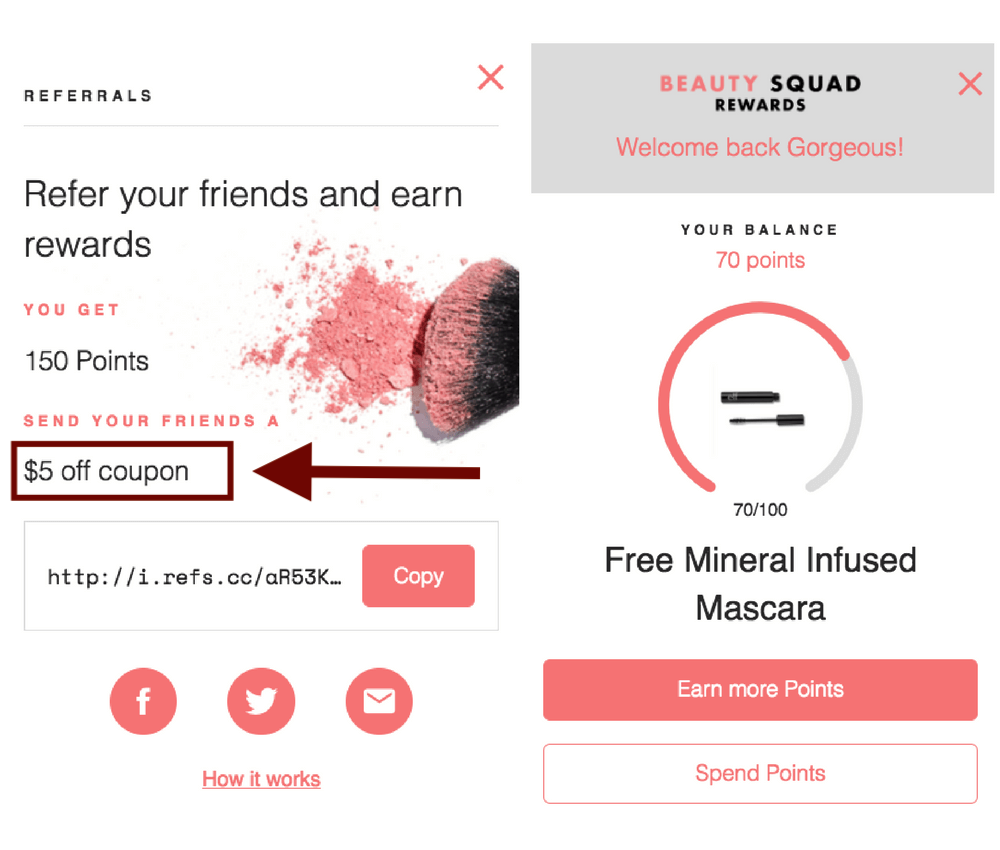
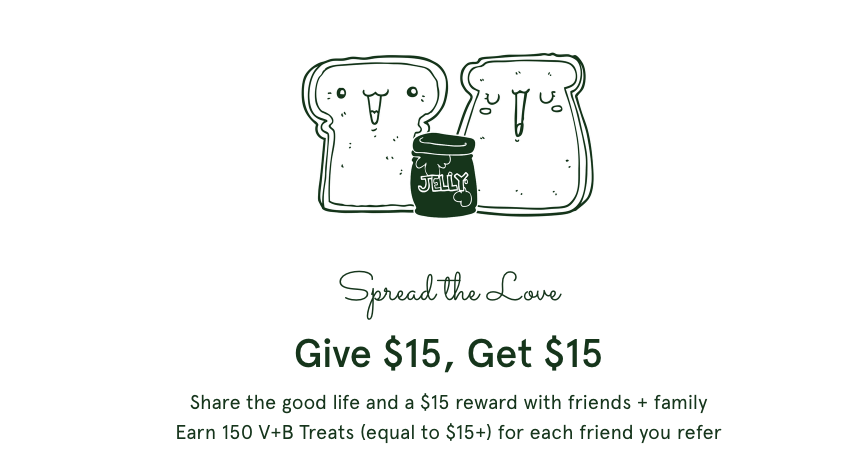
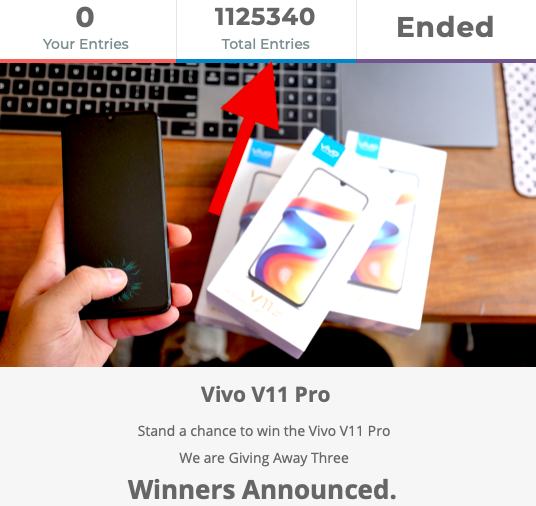
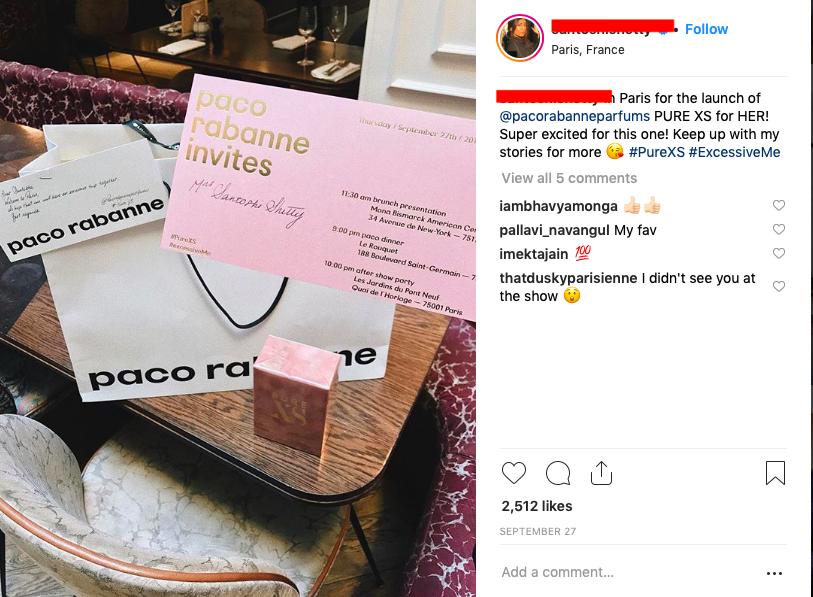
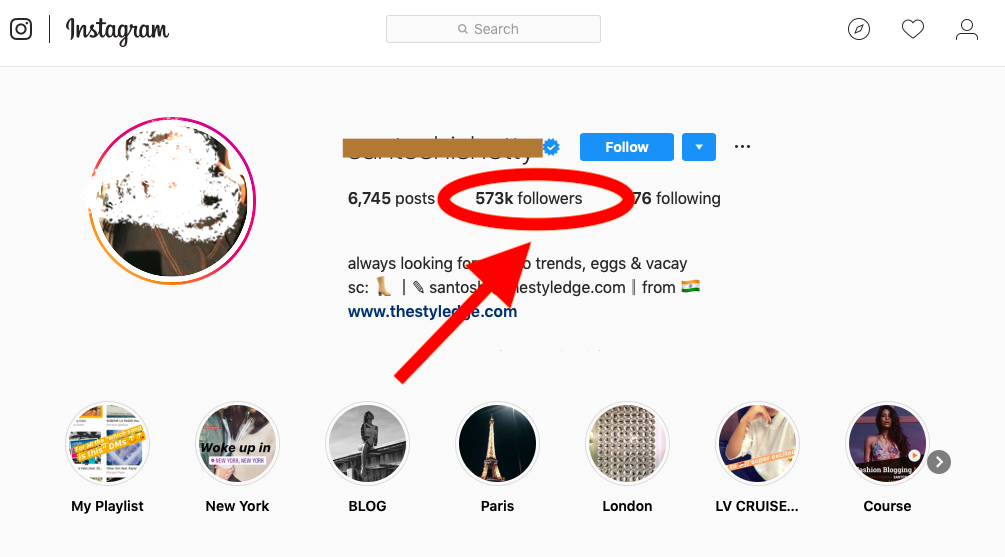
 Customers make customers.
Customers make customers. 






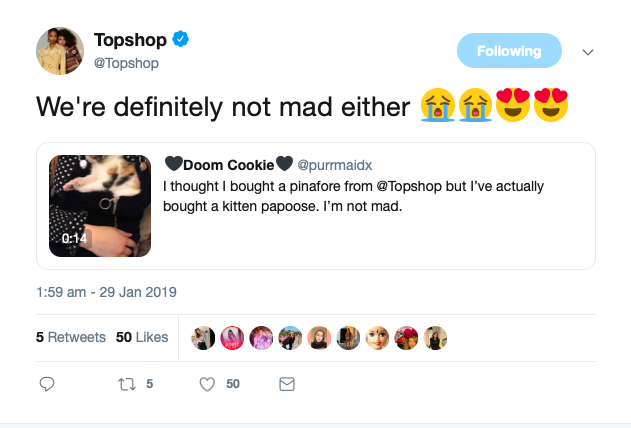





















 Those of you who have read my posts have noticed that I don't post sales type content. This might be confusing, especially as a freelance content writer.
Those of you who have read my posts have noticed that I don't post sales type content. This might be confusing, especially as a freelance content writer. Bet I got your attention. Good, I mean to.
Bet I got your attention. Good, I mean to.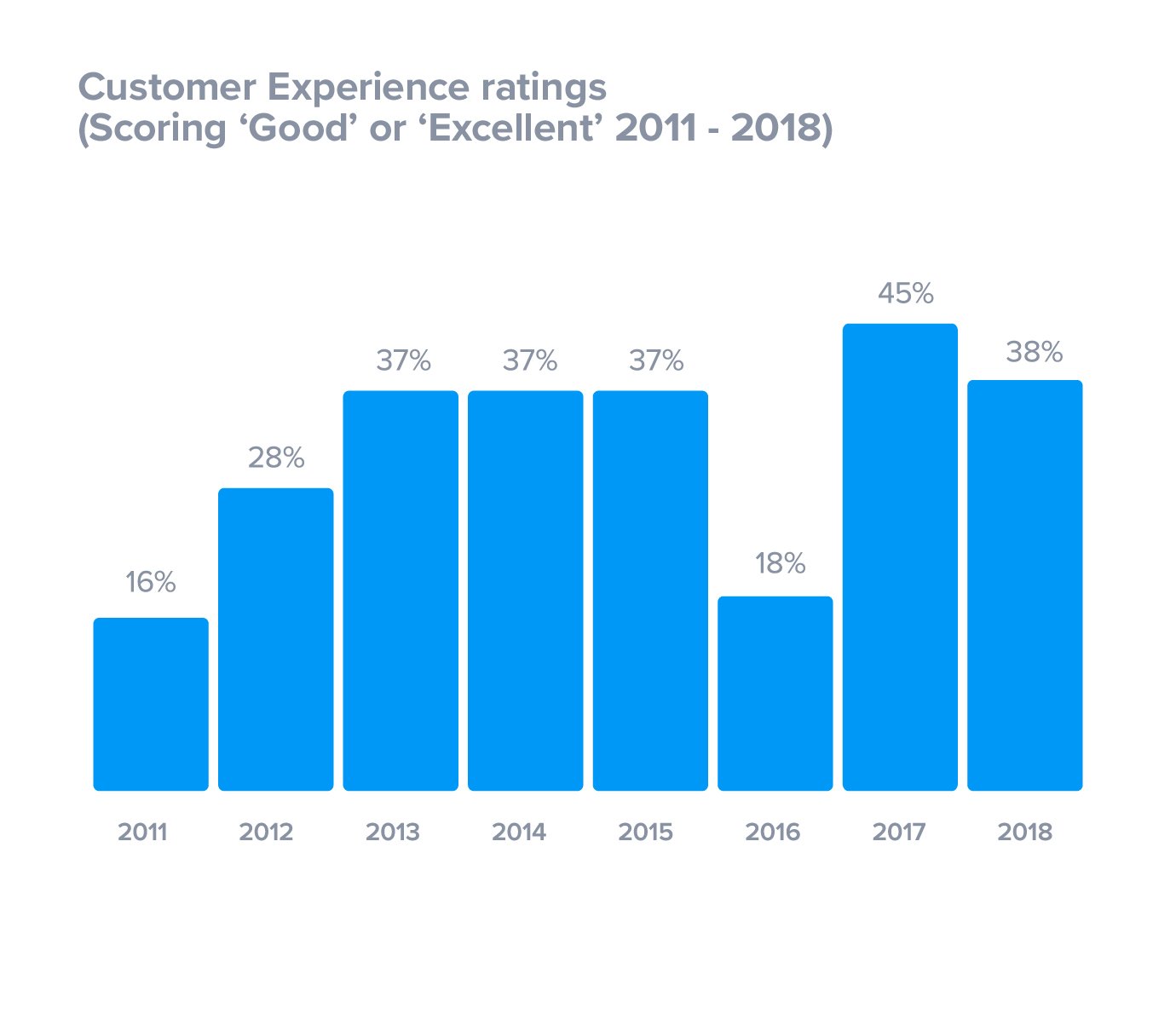





 Starting a business today is easier than in the past, with the advent and development of the Internet and other technological resources now readily available.
Starting a business today is easier than in the past, with the advent and development of the Internet and other technological resources now readily available.

 Take note that you do not have to limit yourself to just one buyer persona.
Take note that you do not have to limit yourself to just one buyer persona.

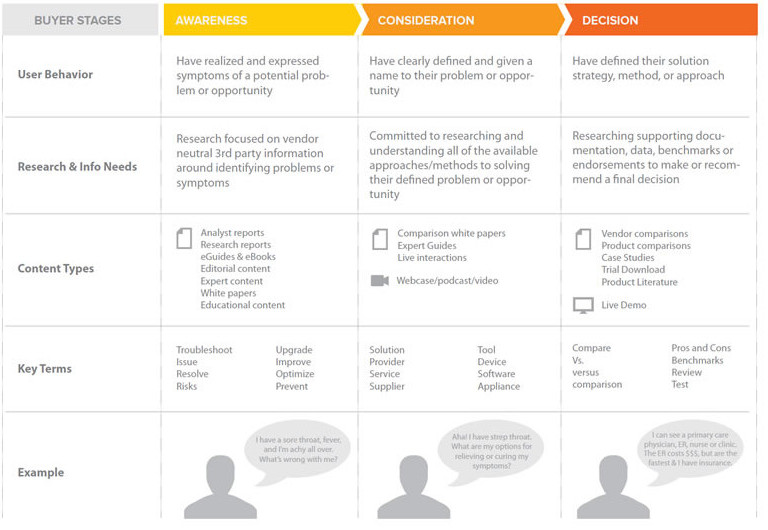 Source: Hubspot
Source: Hubspot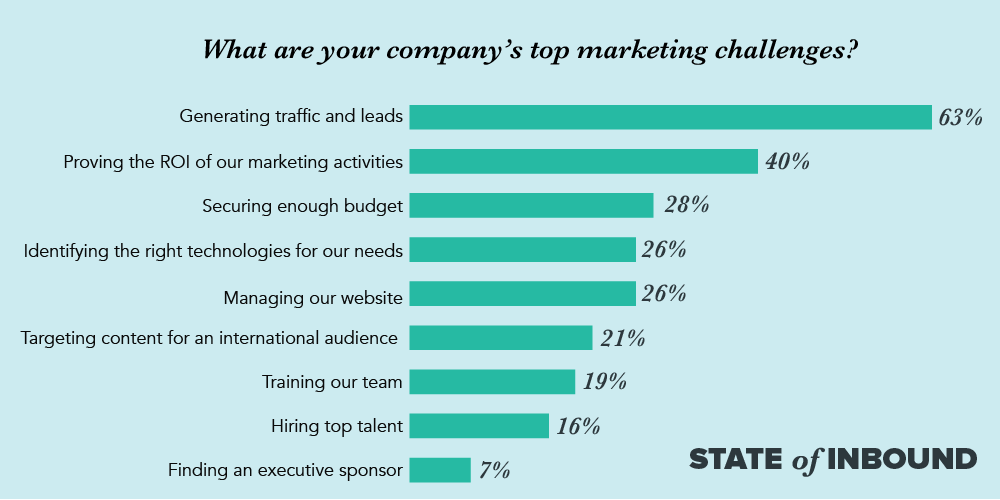

 Critical YouTube Video Ranking Factors:
Critical YouTube Video Ranking Factors: Google algorithms of search.
Google algorithms of search.
No Comments